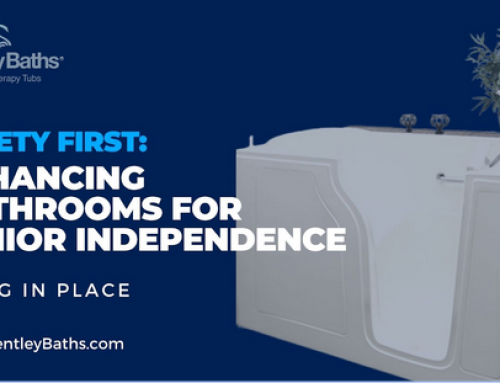PROS AND CONS OF CONVERTING A TUB SHOWER TO A WALK-IN SHOWER.

Converting a tub shower to a walk-in shower is a popular renovation project that homeowners consider. There are several advantages and disadvantages to this conversion that homeowners should consider before deciding whether to move forward with the project.
THE PROS AND CONS OF CONVERTING A TUB SHOWER TO A WALK-IN SHOWER:
One major pro is the ease of use for people with limited mobility or those who prefer not to climb into a bathtub. A walk-in shower also provides more space and can create a spa-like feel in the bathroom. Additionally, it adds value to your home if you ever plan to sell. However, there are some cons to consider such as increased costs compared to simply replacing a tub or re-tiling existing walls. Additionally, water may splash outside of the shower area without proper installation or design. Nonetheless, overall I think that the pros outweigh the client’s let’s outline more on the pros and cons.
Pros:
Increased accessibility: A walk-in shower is more accessible than a tub shower, especially for people with mobility issues or disabilities. It’s easier to enter and exit a walk-in shower because there’s no high tub wall to climb over.
More space: A walk-in shower can make your bathroom feel more spacious because it takes up less visual space than a tub shower. It can also free up floor space, making the room feel less cluttered.
Resale Value: Converting a tub shower to a walk-in shower can increase the resale value of a home, particularly if it is done in a high-quality, aesthetically pleasing manner, and also if the people buying it have an older member of the family.
Easy to clean: A walk-in shower is easier to clean than a tub shower because there are no nooks and crannies where mold and mildew can grow. You can simply wipe down the walls and floor of the shower with a squeegee or towel.
Stylish: Walk-in showers are a popular design trend and can add a modern, spa-like feel to your bathroom. There are many different styles and finishes to choose from, so you can customize your shower to match your style.
Cons:
Reduced resale value: If you plan to sell your home in the future, removing a tub and replacing it with a walk-in shower could reduce your home’s resale value. Some buyers prefer having a bathtub in the home, especially if they have children.
Cost: Converting a tub shower to a walk-in shower can be expensive, especially if you need to do significant plumbing or structural work. The cost can vary widely depending on the size and complexity of the project.
Water splashes: A walk-in shower can sometimes lead to water splashing outside of the shower area, which can be a slip hazard. You may need to install a shower door or curtain to prevent this.
Limited bathing options: If you enjoy taking baths, converting your tub shower to a walk-in shower eliminates this option. While it’s possible to install a separate bathtub elsewhere in your home, it may not be as convenient.
Overall, whether to convert a tub shower to a walk-in shower depends on your personal needs, preferences, and budget. It’s important to weigh the pros and cons carefully before making a decision








